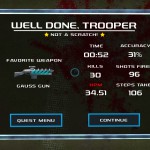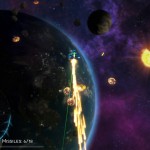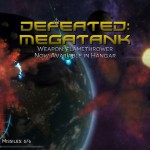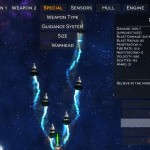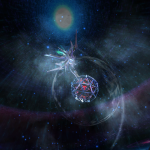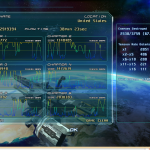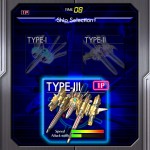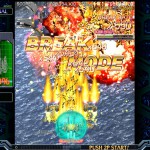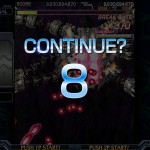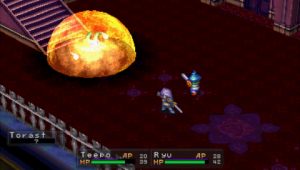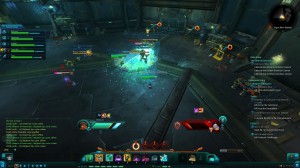There were several candidate topics for today, but after playing this game on Monday, it took over most of today’s post. I would apologize, but I’m pretty sure you’ll be hearing about the others eventually.
Divinity: Original Sin
It’s looking like a good year for isometric RPGs. Shadowrun: Dragonfall came out in February and it is excellent. Pillars of Eternity is due out at the end of the year and I have relatively high hopes for it. In between those lies this game, that I completely overlooked both when it was on Kickstarter and later as it appeared on Steam Early Access. The most recent game in a relatively old series, Divinity: Original Sin is an isometric RPG with turn-based battles (similar to Shadowrun Returns or Wasteland 2 in that sense) and is a prequel to the first game in the series, Divine Divinity. (Yes, I think Divine Divinity is a silly title.) Set in the fantasy world of Rivellon, Divinity: OS places you in the role of a pair of Source Hunters, members of an elite group tasked with eliminating Sourcery (spelling 100% taken from Terry Pratchett). I don’t know much else about the plot at this time, but that’s really not what attracted me to the game.
With Friends Like These
Since there are effectively two main characters, the entire game can be played in co-op. If you are joined by a partner during character creation, each person will control one character, otherwise you’ll customize both before setting out. From there, the characters are tossed into the world, free to make independent dialogue choices and combat decisions. Actually playing this way was a lot of fun, and in cases where you and your partner disagree on a course of action, it’s resolved with Rock, Paper, Scissors which is influenced by your stats. You can even escape from combat without your partner, but you may have to locate a resurrection spell if things don’t work out.
Artes Magicae and Artes Militia
As one might expect from an RPG going for an old-school look and feel, there are a plethora of skills that can be improved, abilities that can be learned, and stats governing the use of those. In a slight break from D&D, the stats are Strength, Dexterity, Intelligence, Constitution, Speed, and Perception, which mostly cover the things you’d expect. There are skills for each weapon type, five schools of magic (four of which cover the traditional elements), weapon special attacks, roguish things, and some more non-combat skills. These combine to determine the power of the abilities you can use in combat, like a charge attack that has a chance of knocking down things you hit (based on strength), or a spell that does damage and has a chance to blind (based on intelligence).
Putting the ‘R’ In
I spent several hours with this game on Monday, and I’m looking forward to the release date (June 30) so I can play through for real. Of those hours, very few of them were spent in combat. There’s just so much to do, and the writing is both odd and funny. If you’ve played other Divinity games, you may have some idea of what to expect. I haven’t played enough to speak to long-term balance or the overarching narrative, but if this is what we can expect from modern games in this style, I hope we get many more.



